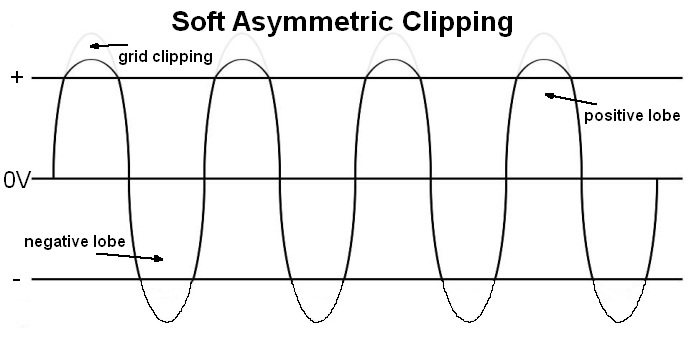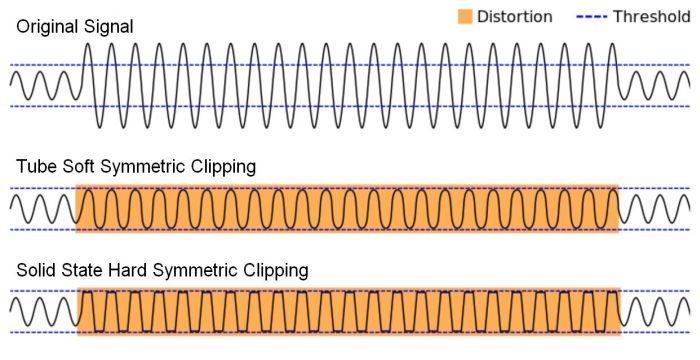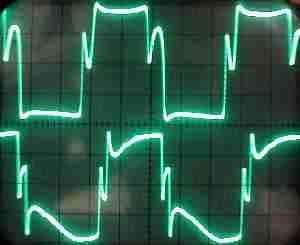Hey, could you guys do me a favor and review my first draft of a web page about tube guitar amplifier overdrive? Please let me know what I got wrong. It's an early draft and I plan to flesh it out but I'd like to catch any basic mistakes early. I know the guys in this forum know more about tube amp theory than any other group of humans so I know they won't pull any punches. Thanks in advance.
https://robrobinette.com/Tube_Guitar_Amp_Overdrive.htm

https://robrobinette.com/Tube_Guitar_Amp_Overdrive.htm









Comment